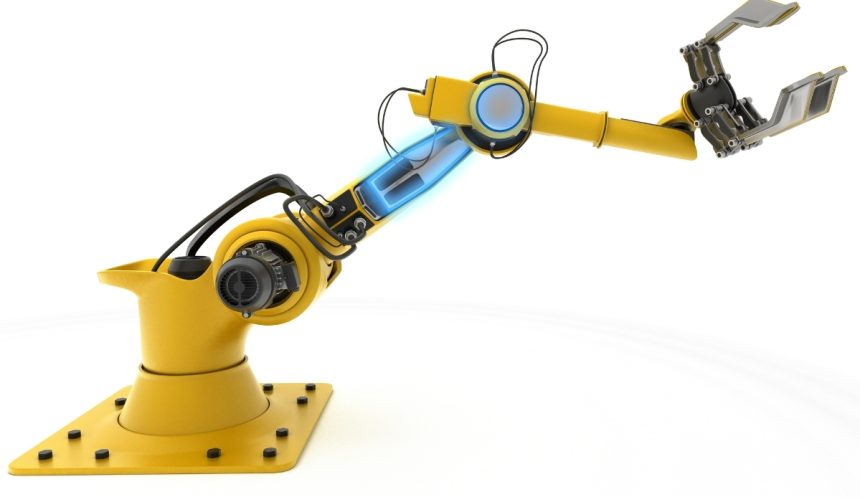Efforts to improve mobility options for people with disabilities have taken a new turn at Northern Arizona University (NAU). The institution’s Biomechatronics Lab has introduced OpenExo, an open-source robotic exoskeleton framework, designed to advance research and facilitate accessible development in the field. This move arrives at a time when rising costs and technical challenges have made entry into exoskeleton research difficult for many laboratories and innovators. OpenExo aims to foster collaborative progress and allow researchers to experiment with electromechanical assistive devices without the constraints of proprietary technology. Individuals seeking to address mobility challenges may now have more opportunities to contribute solutions, regardless of budget or background.
Earlier initiatives by NAU and comparable research centers often centered on developing proprietary or closed systems, limiting external advances and slow adoption by the broader community. Exoskeleton technologies have seen sporadic open sharing in the past, but consistent and comprehensive open-source resources remained rare. In contrast, OpenExo offers complete design files, source code, and assembly instructions, marking a shift toward broader accessibility. The availability of collaborative software and open-source mechanical plans could accelerate outcomes, compared to earlier cases where significant knowledge barriers slowed innovation. This move contrasts with previous strategies, where key breakthroughs remained within isolated research teams or single organizations.
What Does OpenExo Offer the Research Community?
OpenExo presents detailed resources for constructing single- or multi-joint exoskeletons and makes these assets freely available. The comprehensive nature of the framework encompasses both hardware and software components, empowering developers to tailor devices to specific needs, such as aiding children with cerebral palsy or adults with gait disorders. By focusing on open distribution, OpenExo promotes knowledge sharing among researchers in engineering, computer science, and biomechanics, driving interdisciplinary collaboration.
How Does the System Address Key Development Obstacles?
Complexity and cost have long stood as barriers in exoskeleton development. By providing an established base for mechanical design and control software, OpenExo reduces redundancy and helps new projects advance more efficiently.
“Our project is important to the research community because it significantly lowers the barriers to entry,”
said Zach Lerner, associate professor at NAU. These shared tools equip academic teams, startups, and medical device designers to iterate on new exoskeleton concepts without extensive upfront investment.
Which Innovations and Outcomes Have Emerged from the Lab?
Lerner’s Biomechatronics Lab has garnered multiple patents and supported studies funded by substantial grants. Projects stemming from this lab have already aided children with cerebral palsy, supported rehabilitation for gait disorders, and contributed to the commercialization of a robotic ankle device. Collaborators have included postdoctoral scholars, students, and alumni in mechanical engineering and computer science, who helped develop and validate the system. Team members anticipate that open access to their work will facilitate global collaboration.
By opening up their designs with OpenExo, NAU researchers set a precedent for device accessibility and transparency. The framework may offer a valuable starting point for projects looking to address specific patient needs or perform experimental trials. While the open-source approach presents opportunities, it also calls for rigorous testing, clinical validation, and adaptation to various regulatory environments before any resulting products are deployed in healthcare settings or commercialized. Researchers and clinicians aiming to build on OpenExo should weigh the benefits of rapid prototyping and shared knowledge with the demands of real-world application and user safety. As exoskeleton technologies continue to develop, access to frameworks like OpenExo can support not only innovation but also user-centered design, potentially leading to more effective rehabilitation and mobility support for a wide range of users.
- NAU’s OpenExo provides an open-source exoskeleton framework for global research.
- The system offers freely available hardware designs and control software documentation.
- Researchers expect OpenExo to fuel innovation in wearable mobility devices.










